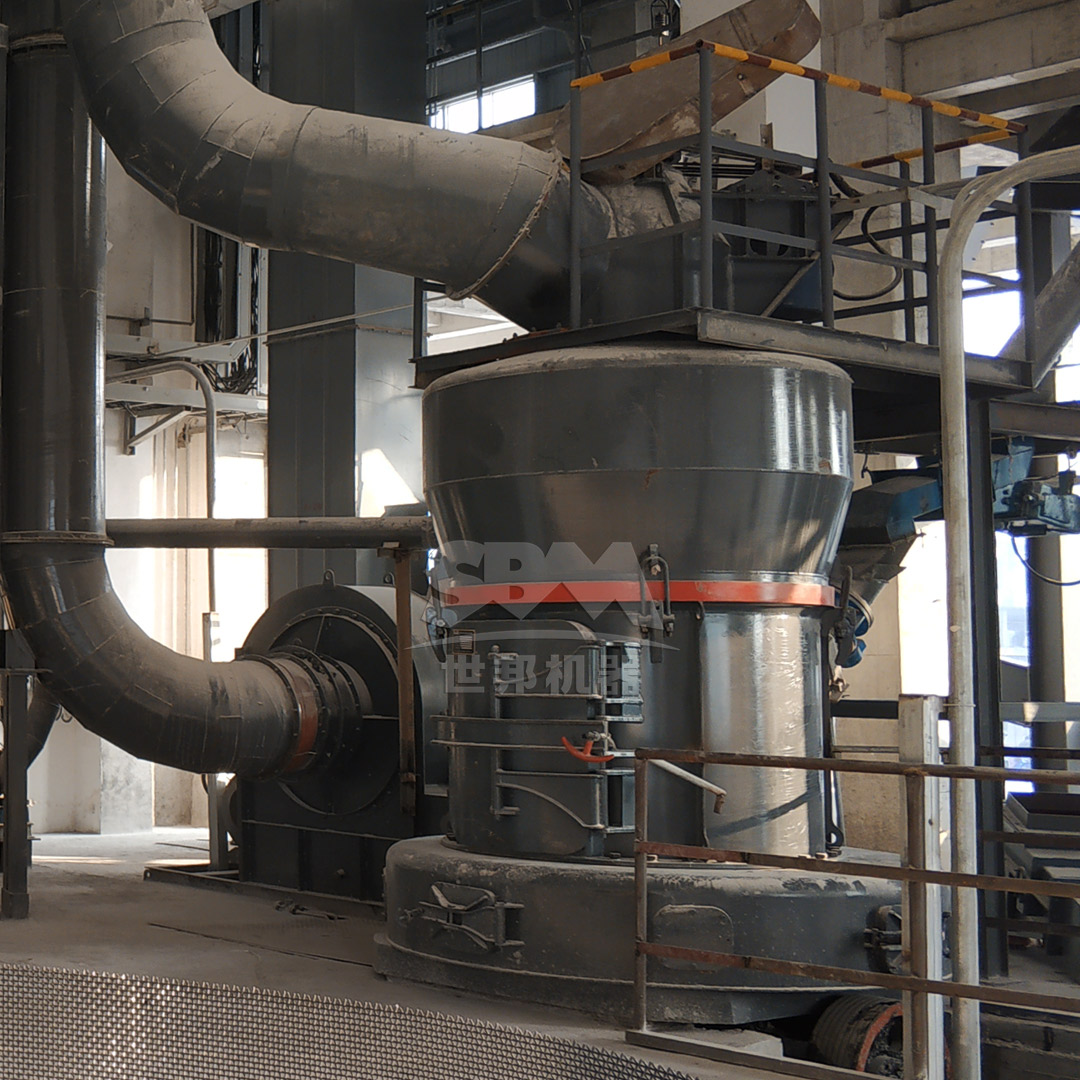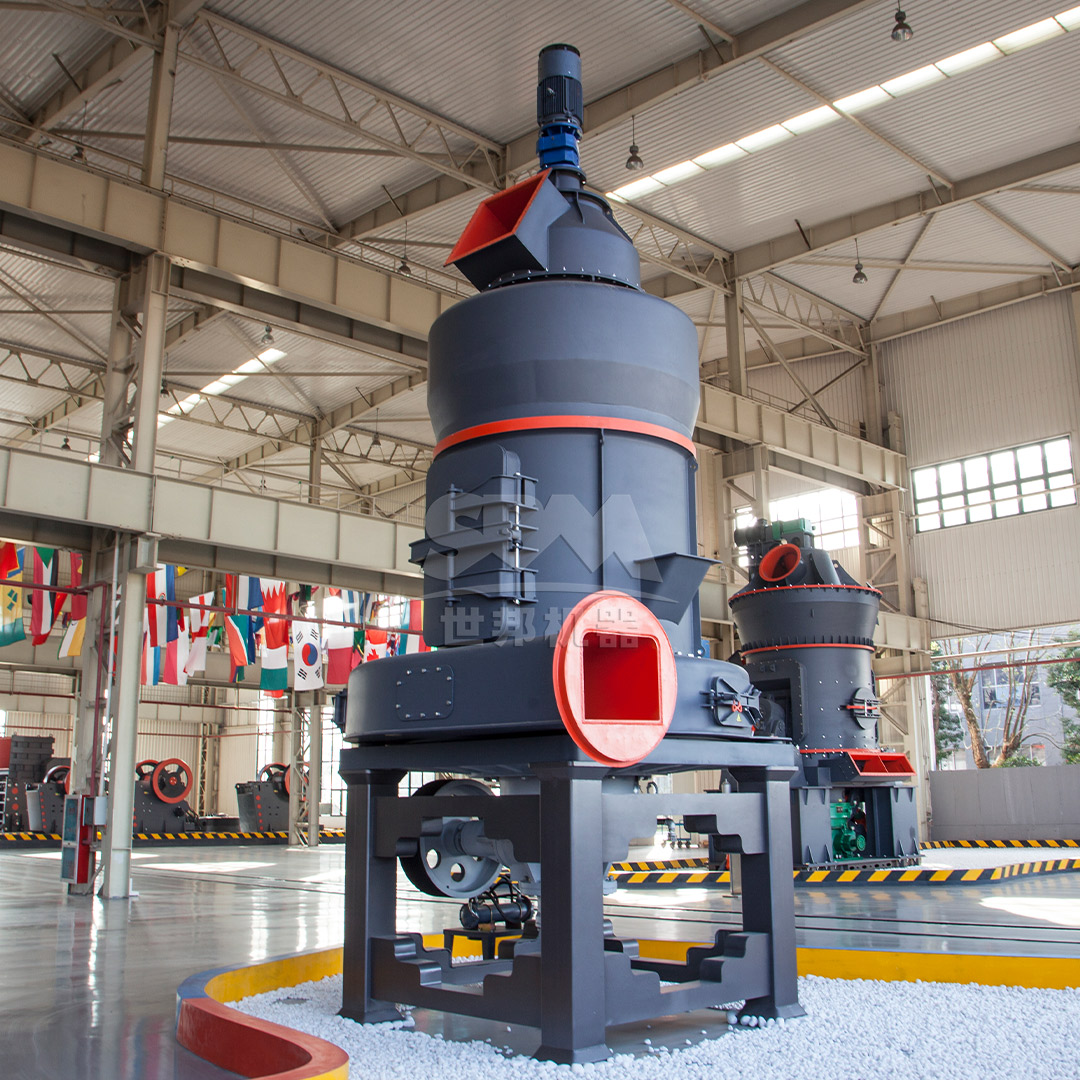The automotive industry’s relentless pursuit of safety, performance, and durability has driven continuous innovation in friction materials. Among the various functional fillers and additives used in brake pads and clutch facings, barite (barium sulfate, BaSO₄) holds a position of critical importance. This inert mineral is not merely a cost-reducing filler; its unique physical and chemical properties make it an indispensable component for achieving the complex balance of friction performance, thermal stability, and structural integrity required in these high-stress applications.
Modern friction materials are complex composites, typically comprising four main categories of ingredients:
Barite’s role transcends that of a simple space-filler. Its high density and thermal properties contribute directly to the performance and safety of the final product.
| Property | Value / Characteristic | Benefit in Friction Materials |
|---|---|---|
| Specific Gravity | 4.3 – 4.6 g/cm³ | Adds mass and density, improving heat sink capacity and dampening vibrations. |
| Mohs Hardness | 3 – 3.5 | Soft enough not to be overly abrasive, reducing rotor/drum wear. |
| Thermal Stability | Decomposes at ~1580°C (2880°F) | Maintains integrity under extreme braking temperatures, preventing fade. |
| Chemical Inertness | Insoluble in water, acids, alkalis | Does not react with other ingredients or promote corrosion. |
| Particle Shape | Tabular / Blocky | Improves packing density and green strength during manufacturing. |
The incorporation of high-quality barite powder delivers several tangible benefits in brake and clutch formulations:
1. Heat Resistance and Fade Reduction: The primary function of a brake pad is to convert kinetic energy into thermal energy. During severe braking, temperatures at the friction interface can exceed 500°C and can reach over 700°C in racing applications. Organic binders like phenolic resin begin to thermally degrade around 300-350°C, a phenomenon known as “fade” where friction levels drop precipitously. Barite’s exceptionally high decomposition temperature acts as a heat sink, absorbing and distributing thermal energy away from the binder system. This delays the onset of fade, maintains a more stable coefficient of friction (μ) across a wide temperature range, and protects the structural integrity of the pad.
2. Vibration Dampening and Noise Control (NVH): Brake squeal and judder are primarily caused by dynamic instabilities and vibrations at the friction interface. The high density and mass of barite particles help to dampen these vibrations, shifting the natural frequency of the brake pad assembly and reducing the propensity for noise generation. It helps in creating a smoother, quieter braking experience.
3. Friction Modulation: While not a primary friction modifier, barite contributes to the overall friction characteristics. Its relatively soft nature provides a mild polishing action on the rotor surface, helping to maintain an optimal transfer film. This contributes to a consistent pedal feel and predictable stopping power.
4. Cost-Effectiveness and Processability: Compared to many other functional ingredients, barite is relatively inexpensive. Its blocky particle morphology improves the flowability of the powder mix during automated dispensing and filling of molds. It also increases the density and green strength of the pre-cured friction material, reducing handling damage before the hot-pressing stage.

Not all barite is created equal. The performance benefits are directly tied to the powder’s physical and chemical specifications. Impurities like silica (SiO₂), calcite (CaCO₃), or iron oxides can act as unwanted abrasives, increasing wear on rotors and drums. Furthermore, inconsistent particle size distribution can lead to poor packing density, resulting in voids that become weak points under thermal and mechanical stress.
For optimal performance in high-grade friction materials, barite powder should meet the following criteria:
Producing barite powder to these exacting specifications requires advanced milling and classification technology. Standard hammer mills or Raymond mills cannot achieve the fine, consistent particle size and high throughput needed for modern friction material production.
To achieve the ultra-fine and consistent grind required for high-performance applications, friction material manufacturers rely on advanced grinding mills. Our SCM Ultrafine Mill is specifically engineered to meet this challenge. It is perfectly suited for processing barite to the exacting standards of the automotive industry.
The SCM series mill excels due to its core technological advantages:
With models like the SCM1250 (handling 2.5-14 tons per hour with a 185kW motor) and the SCM1680

For applications where the target fineness is in the slightly coarser range (30-325 mesh), our MTW Series Trapezium Mill presents an incredibly robust and efficient solution. Its advanced features include wear-resistant shovel blades, an optimized curved air duct for reduced energy loss, and an efficient overall gear drive with 98% transmission efficiency. Models like the MTW215G can process up to 45 tons per hour, making it ideal for high-volume production of quality barite filler.
Barite powder is far more than an inert filler in brake pads and clutch facings. It is a critical performance ingredient that enhances heat resistance, stabilizes friction, reduces noise, and improves the manufacturability of these essential safety components. The full potential of barite is only realized when it is of high purity and processed to a precise, consistent fineness. Investing in advanced grinding technology, such as our SCM Ultrafine Mill or MTW Series Trapezium Mill, is not an overhead but a strategic necessity for friction material manufacturers aiming to compete in the high-performance market. It ensures the production of superior barite powder that meets the rigorous demands of modern automotive safety and performance standards.
